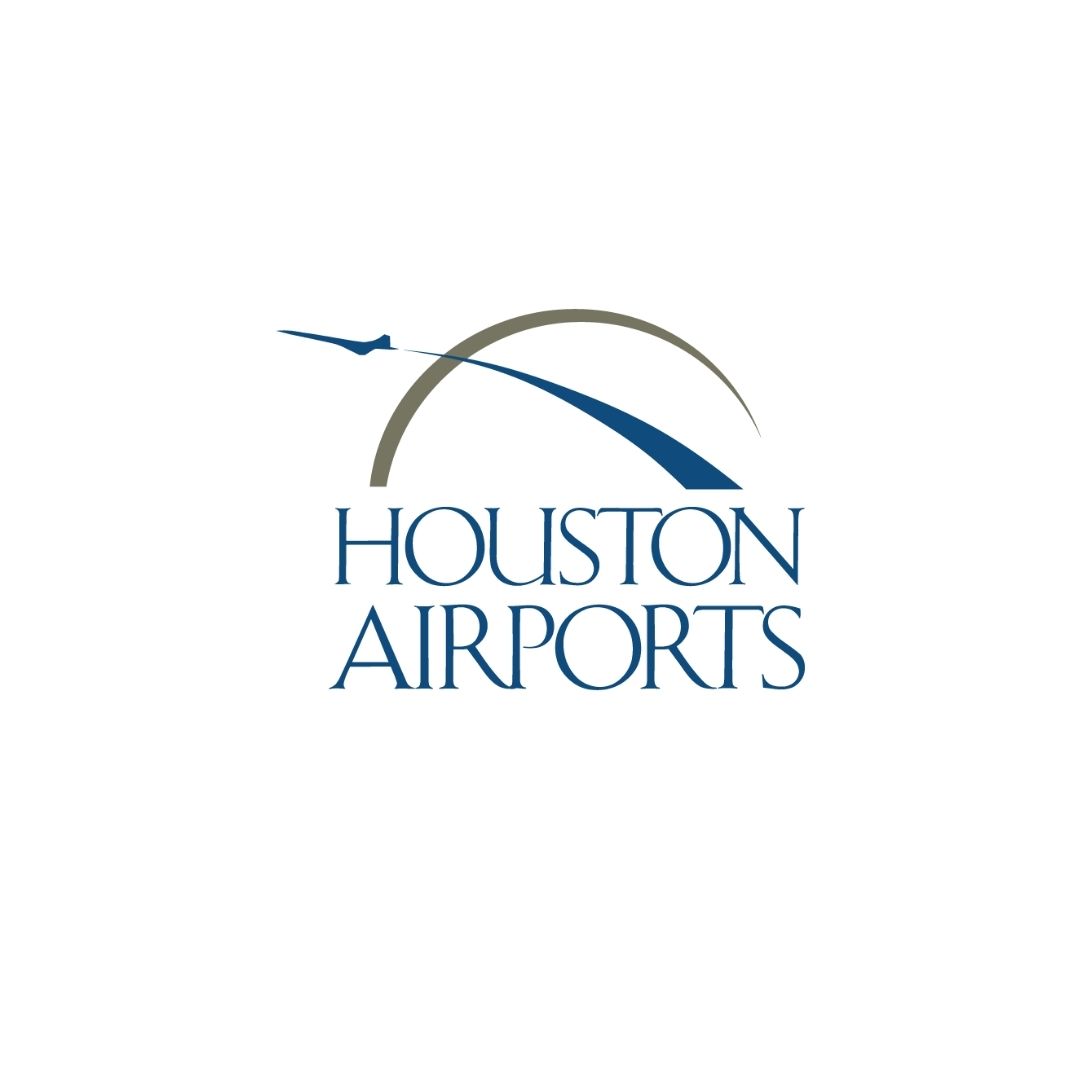
By Subcontractors USA News Provider
The IAH Terminal Redevelopment Program, ITRP, reached another significant milestone in April, surpassing more than 2 million manhours without a reportable incident since its inception in 2015. Reportable incidents include inpatient hospitalization, amputations, heart attacks that happen to workers on the job, or work-related fatalities; these are all directly reportable to the Occupational Safety and Health Administration, OSHA, usually within hours.
A recent review of ITRP safety statistics with Stephen Buwalda, Manager of Program Controls, noted that the program’s to-date recordable incident rate (RIR) is an outstanding 0.10.
“The U.S. Construction industry average is 2.8 (according to the U.S. Bureau of Labor Statistics),” Buwalda said. “But the standard we aspire to every day is zero. We are extremely pleased to report no significant time lost due to injury in the seven-year period since the program started.”
The incident rate is calculated based on multiplying 100 people working the average work year of 2,000 hours for each individual—200,000 hours. The number of incidents is multiplied by 200,000 and then divided by the number of actual man-hours worked.
Buwalda said he recognized a lot of the previous ITRP work has been design, but construction work is now well underway. He pointed to the completed Infrastructure Division Office, the demolition of Terminal Old C North, and demolition of the garage helix and the bridge going across it as substantive construction efforts with no injuries.
Success has been possible due to making safety a priority, working together through communication and coordination between owners, contractors, subcontractors and many others associated with the program.
“Houston Airports and the program have always emphasized a very strong safety culture,” Steven Andersen, Executive Program Manager of ITRP said.
Since the first pre-procurement meetings, Andersen has always identified safety as a top priority, emphasizing the standard and high expectation for safety performance to continue even more so as ITRP moves into the significant construction activities.
Safety is integral to the success of Houston Airports’ strategic priorities, which include:
- Make our passengers happy
- Act responsibly to achieve social, environmental and economic sustainability
- Build the platforms for future success
- Invest in our partnerships and our employees
Andersen said that a commitment to safety is ingrained in each of those priorities, and as Houston Airports works toward establishing itself as a 5-star gateway, safety will continue to be imperative to achieving those goals.
Regular training classes held at the IDO are indicative of that safety culture.
The Houston Airports Construction Education Collaborative (HACEC) provides OSHA training, and ultimately construction trades training, to all construction employees engaged in work on major capital projects at IAH. Prior to mobilizing on a project, all construction employees have either already completed requisite OSHA training or are afforded the opportunity to complete the OSHA training on the Bush Airport campus at no cost to the employee.
Construction workers are required to attend an OSHA-sanctioned 10-hour construction class that covers such topics as trench safety, ladders, fall protection, electrical safety, pinch points, awareness, and the rights one has within OSHA. At the end of the training, there is an additional two-hour HACEC orientation on the roles regarding security, safety, badging and working at the airport.
Andersen said that OSHA regulations are minimum standards that Houston Airports goes far beyond.
The ITRP lost-time incident rate is 0.00, the most favorable achievable metric. The lost-time incident rate is an OSHA metric that calculates the number of incidents that result in time away from work.
The COVID-19 pandemic set the stage for organizations and individuals to be even more mindful of safety. Houston Airports’ award-winning FlySafe Houston initiative was a major offshoot of the efforts to counter the devastating effects of the pandemic. Wearing masks properly, utilizing signage, installing plexiglass sneeze guards, and enforcing social distancing are still important factors in keeping ourselves and others safe, Andersen said.
With ITRP contractors that include two Construction Managers at Risk (Hensel-Phelps and the Austin-Gilbane Joint Venture), one Design-Build Contractor (Burns and McDonnell), and many other contractors and subcontractors, Buwalda stressed how important coordination is in maintaining an effective safety program on the ITRP.
For more information, please visit https://www.fly2houston.com/.
Source: Houston Airports







